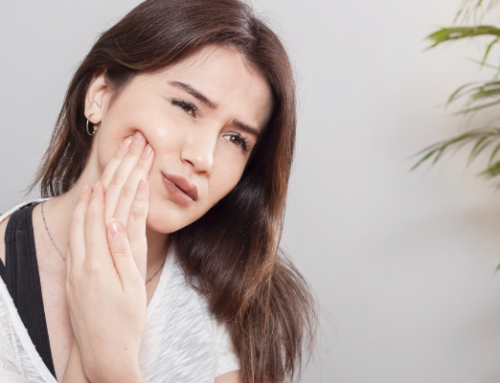Scoliosis Walnut Creek California
Scoliosis is a lateral curvature of the spine that usually presents in adolescence, 10 to 16-year-olds are one of the most common group to present with scoliosis and have it progress.
Common symptoms of scoliosis include:
- Prolonged sitting or standing leading to low back muscle fatigue
- Low back pain
- Neck Pain
- Headaches
- One shoulder higher than the other and/or clothes that do not hang evenly
- Organ Dysfunction
It is important to monitor the progression of a scoliotic curve throughout puberty. Management of scoliosis traditionally includes physical therapy and bracing. Severe cases may lead to surgical intervention.
How Is My Child’s Neck Related to Scoliosis?
Did you know that your spine is designed to protect your spinal cord? Your spinal cord is responsible for sending signals to and from your brain. When your upper neck misaligns, this creates distortion of those signals along the spinal cord. This can cause muscular changes along the spine, potentially leading to scoliosis.
Upper Cervical Care is unique in its approach to the spine. Through precise x-rays, the exact position of your upper neck misalignment is determined. This allows for a gentle correction, uniquely tailored to you. There is no twisting, popping, or cracking involved with the correction. Over time, fewer corrections are needed because of the specificity of this approach. When your head and neck is in proper alignment, it allows for proper signals to travel along your spinal cord and reduction of compensations throughout the rest of the spine. This is when healing occurs.
One example of a research study supporting the connection between the neck and the rest of the spine is Khauv et al. who described a case of a 15-year-old female who had a 44-degree scoliotic curve. After 5 months of upper cervical care, her scoliotic curve reduced by 12 degrees a 38% reduction (2).
Scoliosis Reversal in 15-year-old male
A 15-year-old male patient presented to our office in Walnut Creek with concerns about Scoliosis in his spine. He was X-Rayed at a hospital and determined to have a 9-degree curvature in his Thoracic spine. While Scoliosis is technically considered to be 20 degrees or more, the 9-degree curvature in someone who is at his peak stage of growth is at high risk for developing this condition. Typically, if no intervention is given, the lateral curvature will often worsen and progress to a Scoliosis.
He began Upper Cervical Chiropractic Care at our Walnut Creek office, where we adjusted only the C2 vertebra in the neck. Over the course of 10 months, he was given an adjustment 15 times. He was then re-X-Rayed recently by the same hospital and found to have a 3-degree curvature in the Thoracic spine. Therefore, the lateral curvature decreased in the 10 month time period by 67% and the only intervention he received was Upper Cervical Chiropractic Care. His spine is straighter and his body is more balanced and able to function at a much higher level now. The risk of developing Scoliosis has been reduced dramatically.
- Sherry D, Pessler F. Idiopathic Scoliosis [Internet]. Merck Manuals Professional Edition. 2016 [cited 17 April 2016]. Available from: http://www.merckmanuals.com/professional/pediatrics/bone-disorders-in-children/idiopathic-scoliosis
- Khauv K, Dickholtz M. Improvement in Adolescent Idiopathic Scoliosis in a Patient Undergoing Upper Cervical Chiropractic Care: A Case Report. J Ped Maternal Fam Health – Chiro [Internet]. 2010 [cited 17 April 2016];2010(4):136-142. Available from: http://chiropracticpediatrics.sharepoint.com/Pages/2010_1048_scoliosis.aspx organ dysfunction upper neck







